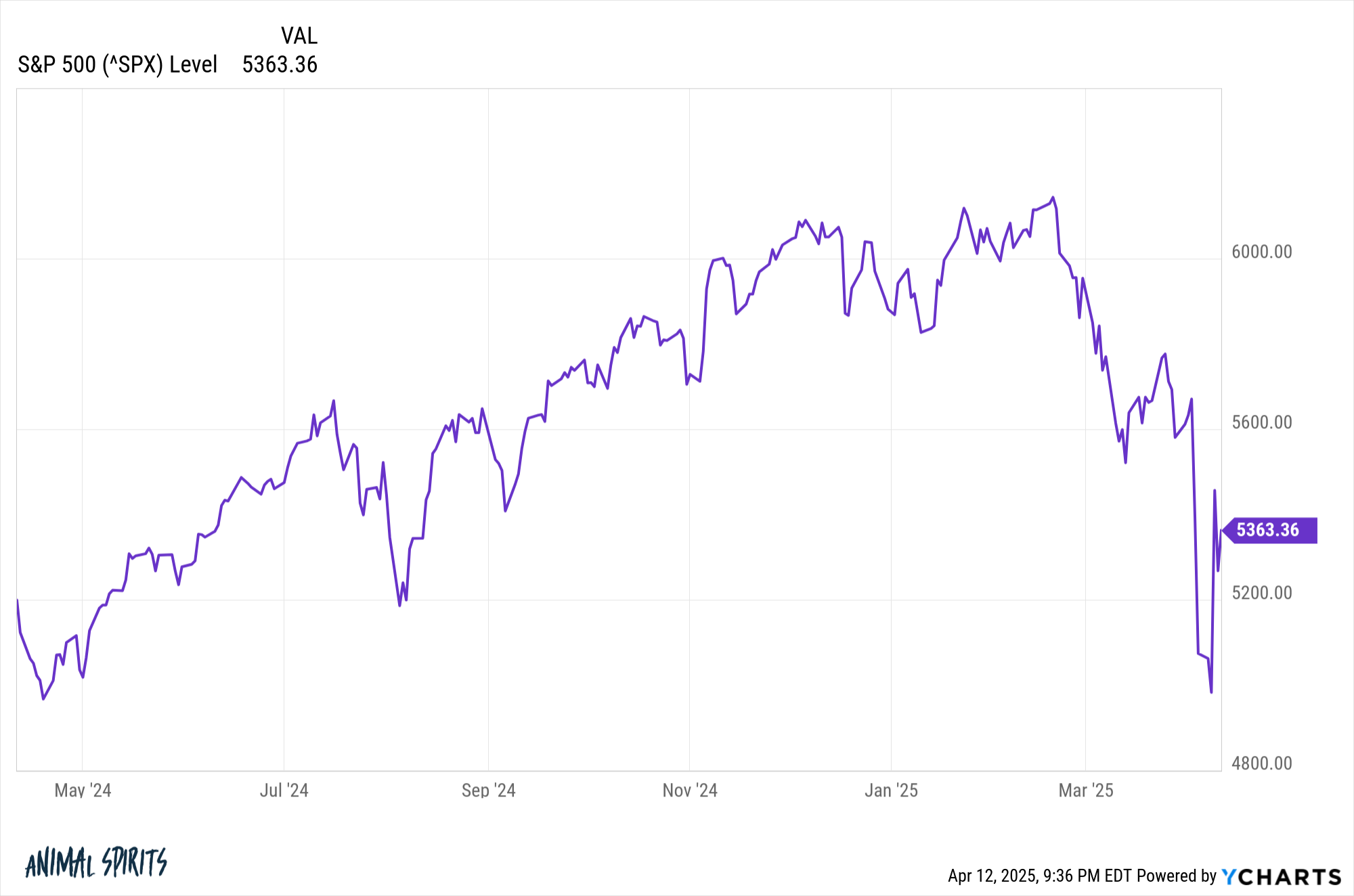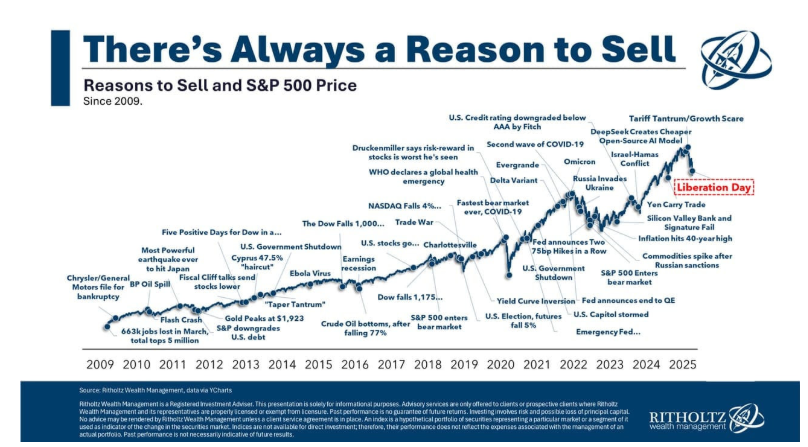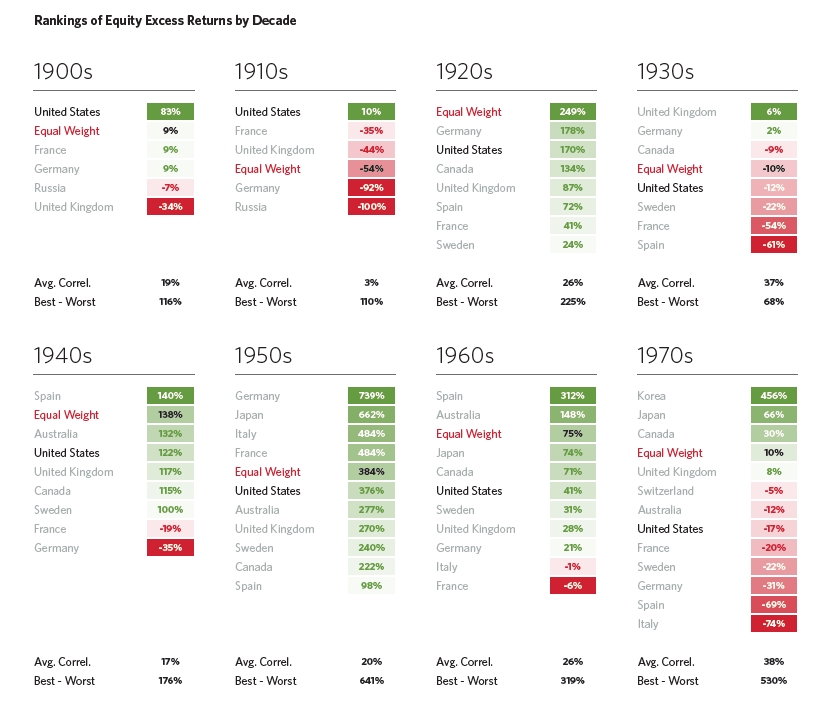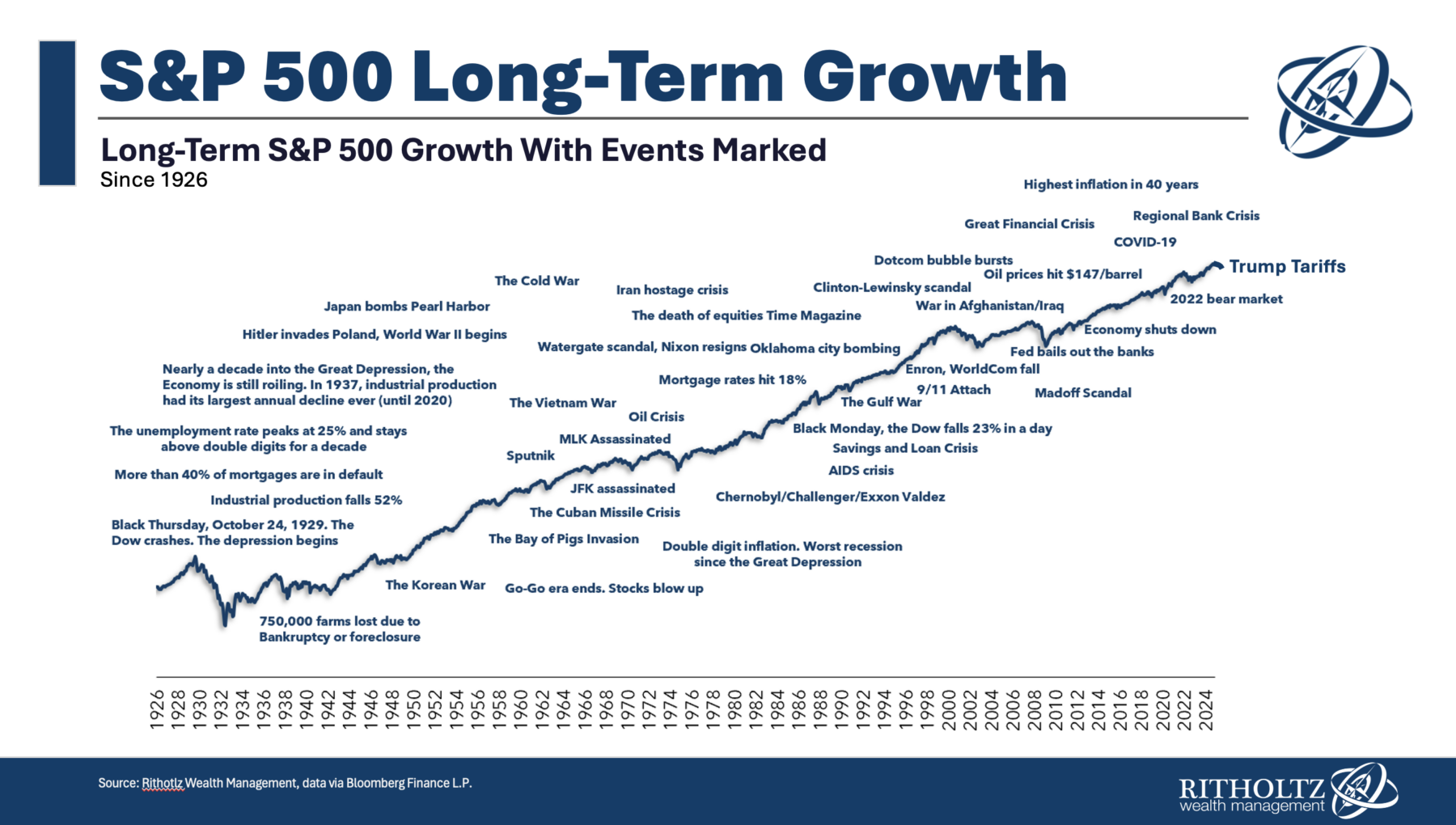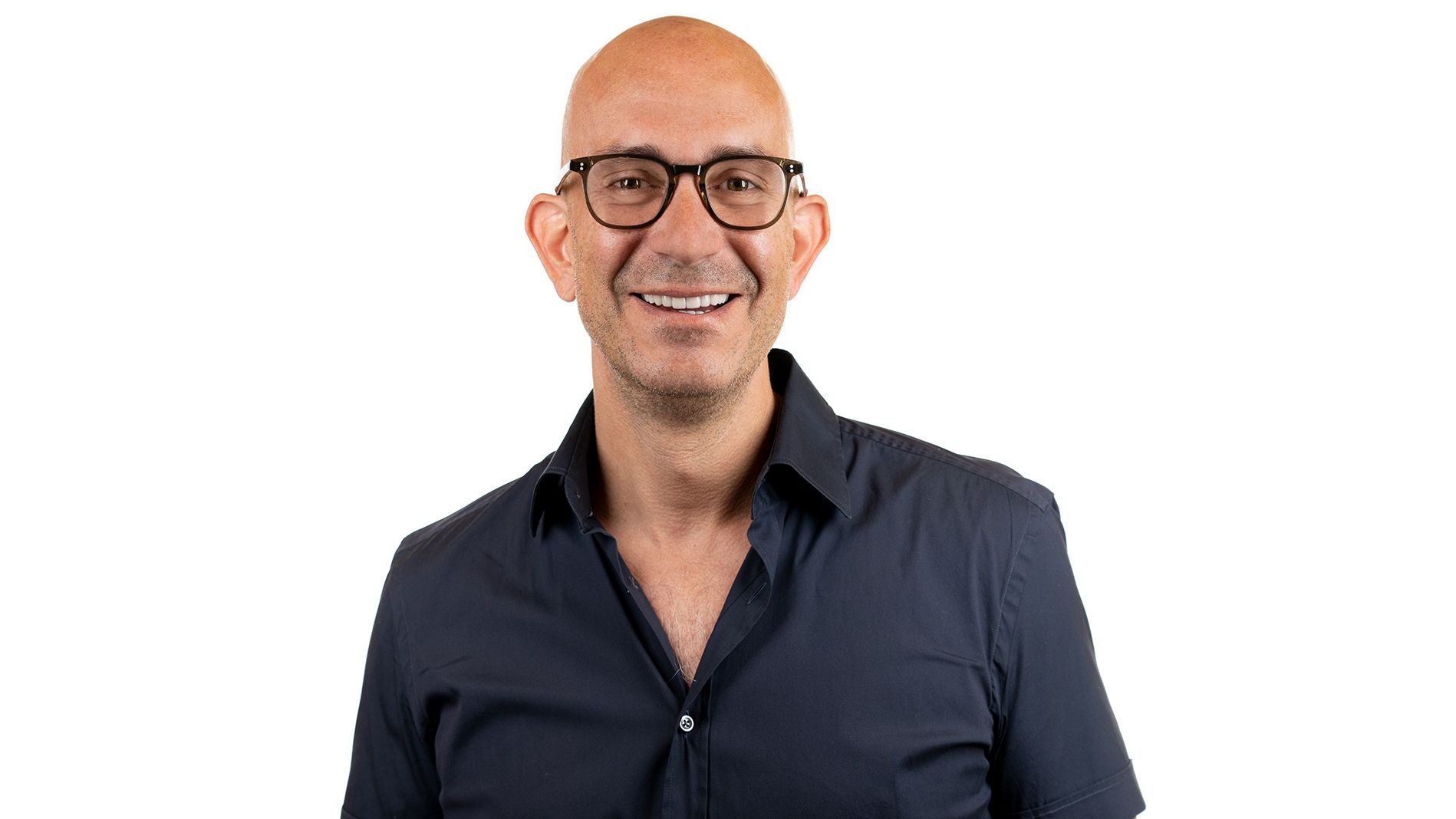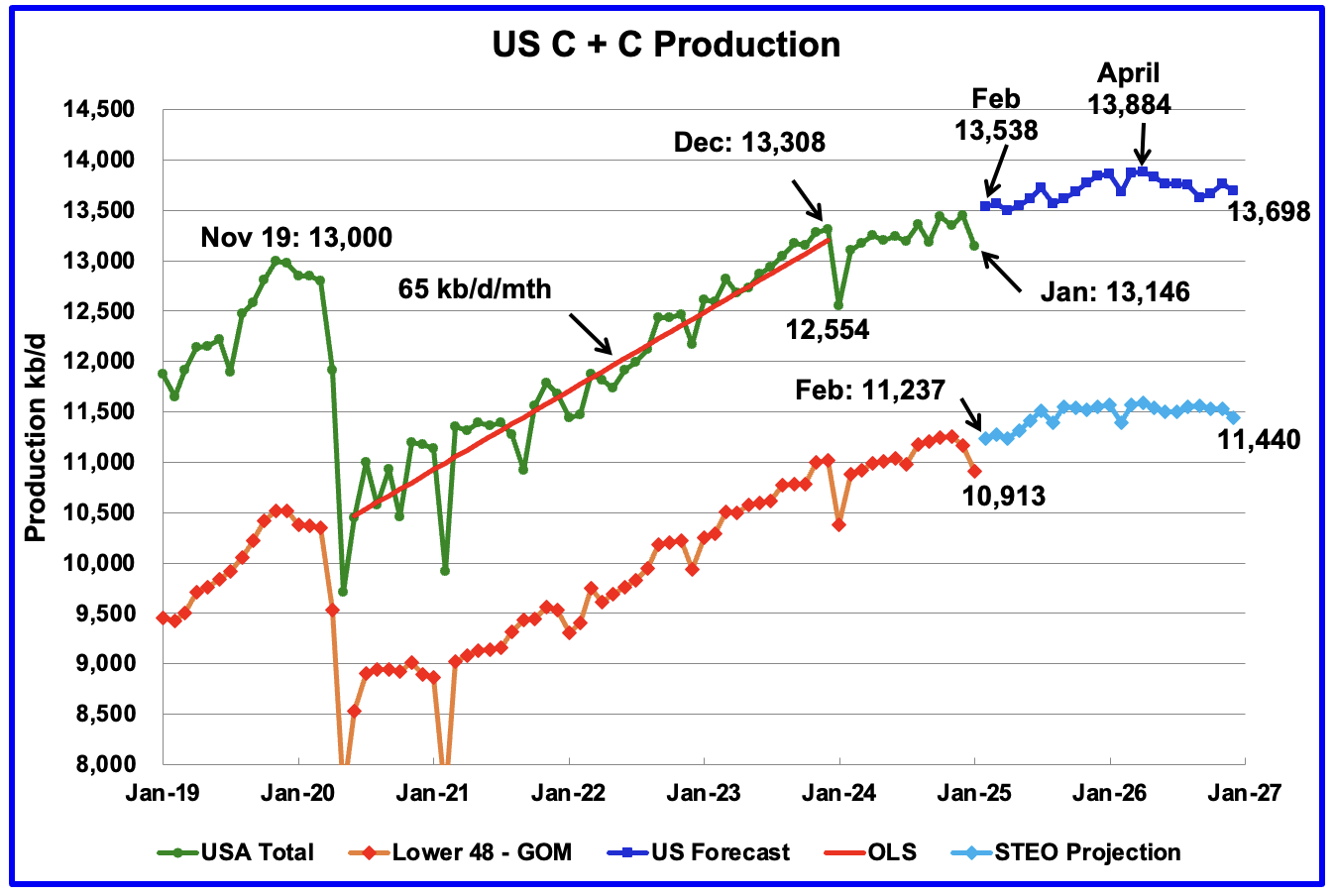Suze Orman says “To enjoy retirement, you need to plan for it. It won’t just happen” – Here’s 4 steps to follow
Suze Orman can be a great guide for prospective retirees who want to start their retirement years on the right footing. Though I do think she errs on the side of caution when it comes to retirement planning (she may not view $1-2 million as all that much), it is far better to be safe […] The post Suze Orman says “To enjoy retirement, you need to plan for it. It won’t just happen” – Here’s 4 steps to follow appeared first on 24/7 Wall St..

Suze Orman can be a great guide for prospective retirees who want to start their retirement years on the right footing. Though I do think she errs on the side of caution when it comes to retirement planning (she may not view $1-2 million as all that much), it is far better to be safe than sorry, especially in today’s turbulent macro environment. Either way, this piece will go into a few words of wisdom from Orman that I believe retirees should weigh as they look to put the finishing touches on their retirement nest eggs.
Orman is absolutely right when she emphasizes planning for retirement to ensure you have few, if any, worries once you’re ready to spend down that nest egg after decades of building it up from zero. In any case, a comfortable dream retirement will differ for everyone, given we all have very unique spending habits, dreams, asset allocations, and lofty financial commitments (or lack thereof).
In this piece, we’ll check out four areas that prospective retirees should focus on as they look to get that picture-perfect retirement roadmap in place. Of course, a financial advisor or retirement planner can help spot any shortcomings in your plan once you’re ready to kick off retirement year number one.
So, if you’re looking to cut all the worries out of retirement, here are some factors to consider well ahead of time (perhaps three years before you expect to retire).
Key Points
-
Suze Orman has many great tips for retirees looking to plan a dream retirement.
-
Are you ahead, or behind on retirement? SmartAsset’s free tool can match you with a financial advisor in minutes to help you answer that today. Each advisor has been carefully vetted, and must act in your best interests. Don’t waste another minute; get started by clicking here here.(Sponsor)
Save and invest as consistently as possible. And consider automating the process.
Suze Orman drives home the point that those who plan to retire should start saving as early as possible while using the proceeds to invest in assets that can grow one’s nest egg. Undoubtedly, the earlier one starts to save and invest (in various financial assets, like stocks and bonds), the better.
Though not everybody can start saving up huge sums early on in their careers (think one’s mid-20s), every dollar that can be put aside counts. Suze Orman wants her listeners to understand the math when it comes to compound interest. It’s a superpower for young savers who have decades to invest.
And if the saving and investing habits stick early on, they’re likelier to do so after one climbs up that career ladder and their earnings rise. Of course, living below one’s means and resisting “lifestyle creep” is key to being a super-star saver of sorts.
Delay Social Security by working later in life, if possible.
Orman isn’t the biggest fan in the world of the FIRE movement. She’s more in the camp that believes it’s better to work later (if possible) and to delay Social Security. Indeed, working later and not collecting social security means getting more later on without having to take market risk — a winning move for those who wouldn’t mind working past their mid-60s.
What’s your retirement dream? Have a goal in mind.
Everyone’s definition of a dream retirement will differ. Some want to retire in their 50s with a modest lifestyle. Others are prepared to work well into their late 60s if it means having more than enough to travel the world later in life. In any case, you should weigh how your nest egg stacks up against the average person in your age group. This will give you a gauge of whether you’re ahead or behind.
If you’re young and behind, perhaps you’ll need to get more aggressive with the savings and consider trimming the budget to live further below your means. Of course, this isn’t always possible. But the good news for young savers is their prime earnings years have still yet to arrive.
For instance, the rule of thumb is that you should have your annual income saved up by age 30 and around 10x by your late-60s. Once you know where you stack up, you can adjust accordingly with the help of a financial planner.
Stay diversified!
Finally, staying diversified is a must for retirees who don’t want to have to risk starting all over again. Indeed, having too much single-stock risk can set you back if the company under question crumbles.
With index funds and other low-cost ways to achieve instant diversification in equities, I think it’s inexcusable not to be sufficiently diversified. Think about the many horror stories of undiversified (or under-diversified) business ventures that headed south in a hurry, spoiling what would have been a comfortable and early retirement. There’s nothing like a bad investment to postpone or derail a perfectly good retirement setup.
The bottom line
These are just four of many steps that retirees should weigh as they get ready for the easy life they’ve been saving for all their careers. As always, this is just a starting point.
The post Suze Orman says “To enjoy retirement, you need to plan for it. It won’t just happen” – Here’s 4 steps to follow appeared first on 24/7 Wall St..



























































